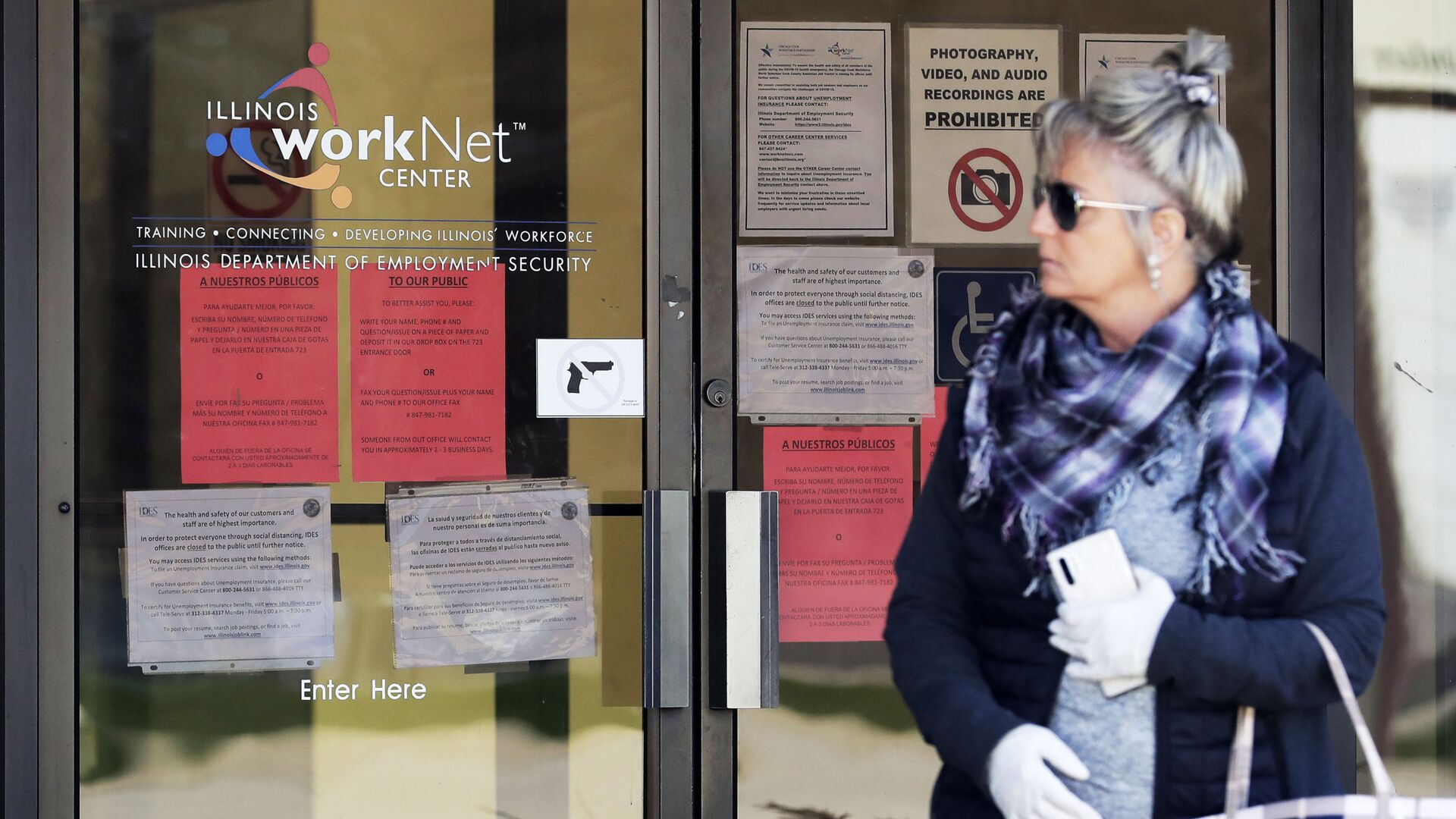US Jobless Claims Hit 2-Month Lows Smoothening Fed Path for September Interest Rate Hike

© AP Photo / Nam Y. Huh
Subscribe
WASHINGTON (Sputnik) - Unemployment claims in the United States hit two-month lows last week, according to US Labor Department data on Thursday that indicated a clearer path for the Federal Reserve to continue with interest rate hikes to rein in runaway inflation.
"In the week ending August 27, the advance figure for seasonally adjusted initial claims was 232,000, a decrease of 5,000 from the previous week's revised level," the Labor Department said in a news release.
Historical data from the Labor Department showed that this is the lowest number of filings for jobless benefits since the week that ended on June 25.
The weekly jobless statistics came ahead of Friday’s important nonfarm payrolls report for the months of August. Economists have said they think some 300,000 payrolls were probably added last month - versus 471,000 last in July - holding the unemployment rate steady at 3.5% for a second straight month. A jobless rate of 4% or below is seen by the Fed as full employment.
"After running higher in the early summer, the trend in jobless claims has seen a reversal," economist Greg Michalowski said in a post on the Forex Live platform.
The Fed is keeping a close watch on all labor data to gauge how much tolerance the job market will have toward higher interest rates.
US inflation has been running at around four-decade highs since late last year, although the closely-watched Consumer Price Index slowed to an annualized rate of 8.5% in July from a peak of 9.1% in June.

In this May 7, 2020, file photo, a person looks inside the closed doors of the Pasadena Community Job Center during the coronavirus outbreak in Pasadena, Calif.
© AP Photo / Damian Dovarganes
The Fed’s target for inflation is a 2% per year and the central bank has vowed to raise interest rates as much as necessary to achieve that.
Jobs data has been inconsistent over the past week, confounding economists on what the future holds for the labor market.
Tuesday’s Job Openings and Labor Turnover Survey (JOLTS) report from the Labor Department showed US job openings at 11.2 million in July, versus 10.7 million in June.
However, a Wednesday report from private payrolls processor ADP showed US companies growing their workforce by only 132,000 in August, versus 268,000 in July.
"Our data suggests a shift toward a more conservative pace of hiring, possibly as companies try to decipher the economy’s conflicting signals," ADP Chief Economist Nela Richardson said. "We could be at an inflection point, from supercharged job gains to something more normal."
Unemployment among Americans reached a record high rate of 14.8% in April 2020, with the loss of some 20 million jobs after the coronavirus breakout. Since, hundreds of thousands of jobs have been added every month, with the trend not letting up in July despite a negative 0.6% growth in second quarter gross domestic product this year, after a minus 1.6% in the first quarter that together accounted for a recession.
